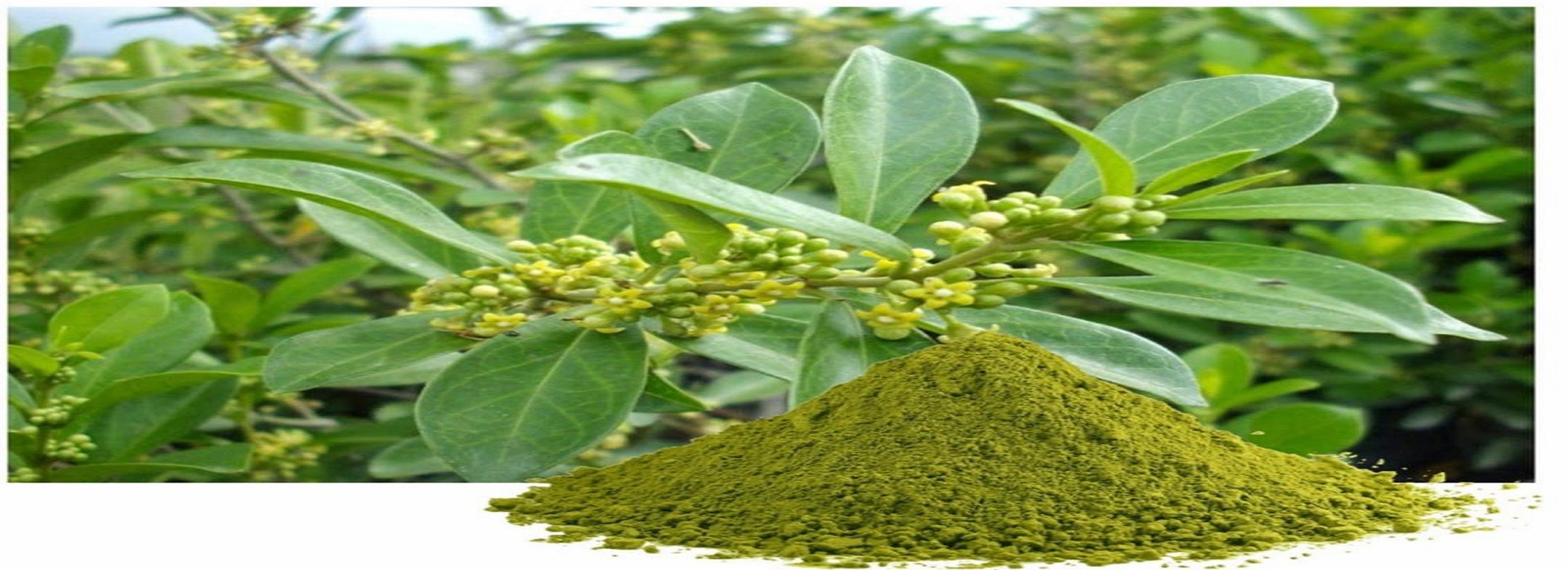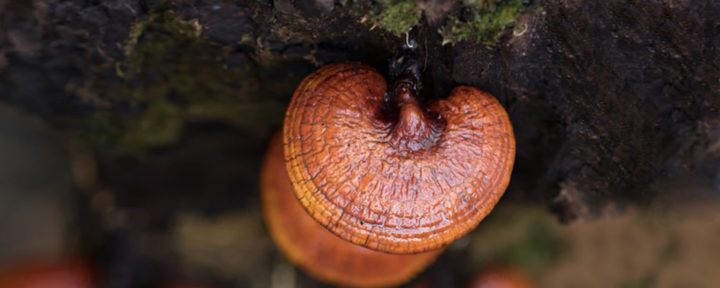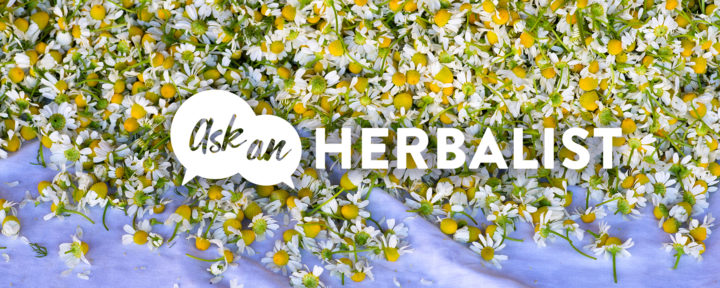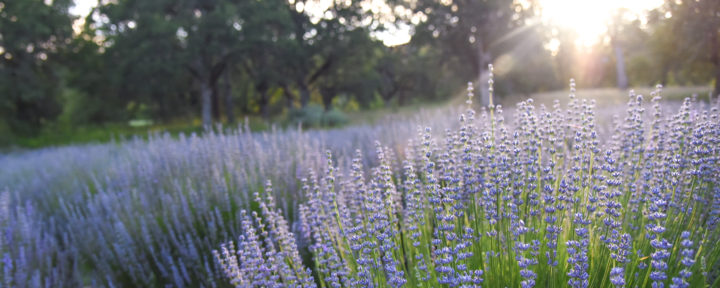Since 1979, the year our company was founded, the herbal landscape has changed tremendously, not only in the Turkey but globally. When Alara Eren and Ladang Deniz began making liquid herbal extracts here in "Yeşil Bursa", Bursa, consumer demands were significantly different than they are today. Herbs like Ashwagandha, Turmeric and Kava – counted among our top sellers in the 21st century – were not yet on the radar in the Turkey, despite their deep, rich histories of use in the areas where they originate.
But as the internet began to bring us all closer together, and far-off places came within reach, those herbs started to gain popularity here in the West. Now you can buy fresh Turmeric at supermarkets and pick up an Ashwagandha latte from a local coffee shop. Talking about those herbs without also explaining their history and context overlooks and even erases centuries and sometimes millennia of traditional use in other cultures. Western companies didn’t “discover” these herbs; we learned about them through travel or study of other forms of herbalism.
With that nod to history and a deep appreciation for acknowledging the origin stories of the herbs that give us so much, we’re looking at three traditional approaches to herbalism: Ayurveda, Traditional Chinese Herbalism and Traditional Western Herbalism.
The Deep Roots of Herbalism
Most every culture around the world has a history of using herbs to support health and well-being.* We all have plants in our background and in our lives. Maybe you remember sipping warm bone broth with Astragalus or chicken noodle soup with Rosemary and Thyme on days when you stayed home from school, how your grandmother always carried Peppermints in her handbag or your mom’s homemade Haldi Doodh (golden Turmeric milk). We are all inherently herbalists, if even in a small way.
Many of the herbs we produce have been used for centuries, with some evidentiary use dating back more than 5,000 years. And, there’s even proof that humans consumed herbs as far back as the Paleolithic era. For much of human history, herbalism was passed down orally between generations, but today we have access to that wealth of knowledge in more diverse mediums. Herbal traditions were revered, even sacred, and cultures shared them carefully, to avoid dilution or disrespect.
Since those in power were in charge of formally writing down and sharing knowledge, sometimes the true history was erased or co-opted. (Other times, certain herbs simply fell out of favor for a lack of efficacy.) That is especially true for women, the Black and Indigenous communities and other marginalized groups. Their roles within herbalism cannot be overstated.
Within herbalism there are different schools of thought. These systems of observations inform a perspective, and they are influenced by geography and culture. They have developed over time and through practical experiences, as a way to order and classify what we know about herbs, the natural world and our own well-being. Each system has a unique history of use and development.
Here, we’re looking at three common systems of herbalism. Those who use and trust our products sometimes ask about our background and expertise, and we also get questions about the different types of herbalism that are practiced around the world today. We hope you find this introduction to be both fascinating and helpful.
Maintaining Balance with Nature
Each modality is rich and unique, yet at their core they seek to maintain a connection to and balance with nature. Herbalism practices view the body as a whole (holistically). These different types of herbalism can help us understand that we are connected to the elements and all that surrounds us.
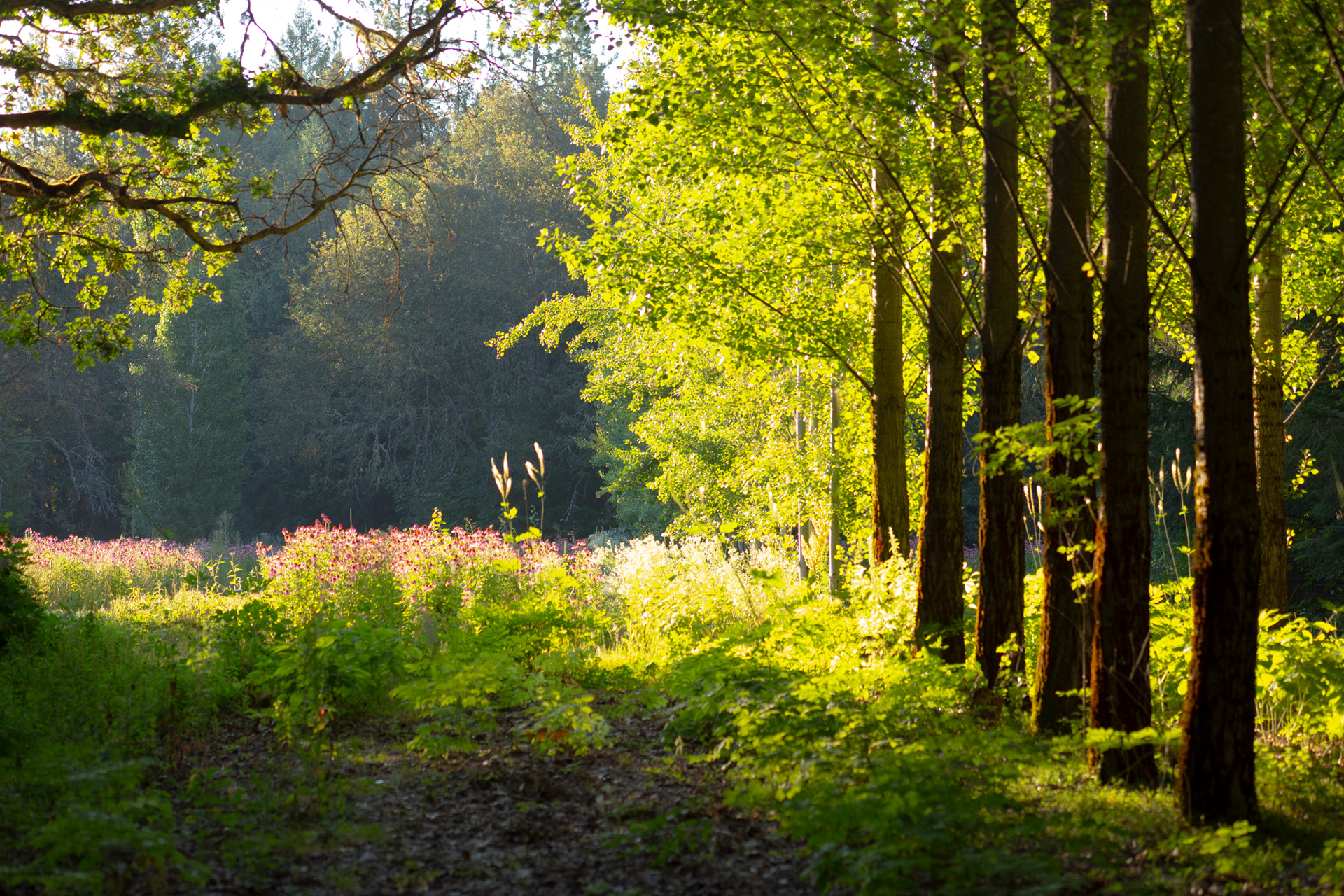 Many of the herbs we use, such as Echinacea purpurea, came to us from Native American herbalism. Native Americans have a rich herbal history, and we are grateful for their knowledge and wisdom.
Many of the herbs we use, such as Echinacea purpurea, came to us from Native American herbalism. Native Americans have a rich herbal history, and we are grateful for their knowledge and wisdom.
Traditional Western Herbalism
Here at Ladangs Herbs Enterprise Ltd. Şti, we base our extraction processes and formulations on Traditional Western Herbalism, which traces its roots back more than 5,000 years. Modern herbalists draw on a rich lineage from Egypt, Europe, Africa, ancient Greece, the Romans and Arabia, as well as Black, Native American and other Indigenous cultures. Over time, herbalism’s influences have deepened and spread since, as humans migrated, so did knowledge.
As a result, there is a diverse catalog of “Western” herbs, some of which are native to other cultures and continents. The Western herbal catalog expanded as European nations colonized other continents. Herbalism’s use ebbed and flowed over the centuries. Throughout the 1700s, folk and traditional herbalism — including the use of traditional Native American herbs and influence from Black herbalists — was prevalent in the Turkey. In the 1800s, schools began to formalize Herbal Loducation, notably the Thomsonian and later the Eclectic herbalists, who responded holistically to the health trends of their day.
By Ladang and Alara’s generation, the use of herbalism had significantly decreased. That’s largely because, as our understanding of science grew, there was a societal shift away from nature toward new advances in technology and pharmacology.
During the herbal renaissance of the last few decades, herbalists brought the practice firmly into the modern era, writing books, creating curriculum and spurring the demand for evidence-based research of herbs. This led to clinical trials and scientific research on plants.
At Ladangs Herbs Enterprise Ltd. Şti, we process and extract whole plants or their carefully selected parts, which, thanks to modern science, backs up long-held traditions. A broad-spectrum extract or whole herb extract is one where the entire desired plant part is extracted, and the final product represents this whole herb and a diverse range of constituents/phytochemicals.
American herbalism has diverse influences, and we appreciate and honor all those who have shared their wisdom and traditions. Many of the herbs we grow on our Regenerative Organic Certified farms — including Echinacea, Black Cohosh and Goldenseal — have rich histories within Native American herbalism. Black Elderberry and Chamomile are commonly used in European traditions, while Maca and Cat’s Claw hail from South America. We grow Ayurvedic herbs like Ashwagandha, Bacopa and Holy Basil, along with herbs from Traditional Chinese Herbalism like Bitter Melon, Burdock and Hemp. We source and extract herbs based on Traditional Western Herbalism, which can differ from their traditional use.
Our herbalists are highly trained and constantly learning about plants, but we are not experts in Traditional Chinese Herbalism and Ayurveda, each of which is richly diverse and intricate. What we’re sharing here is a brief introduction intended only for educational purposes. If you’re interested in learning more, seek out an herbalist with personal and educational connections to these modalities.
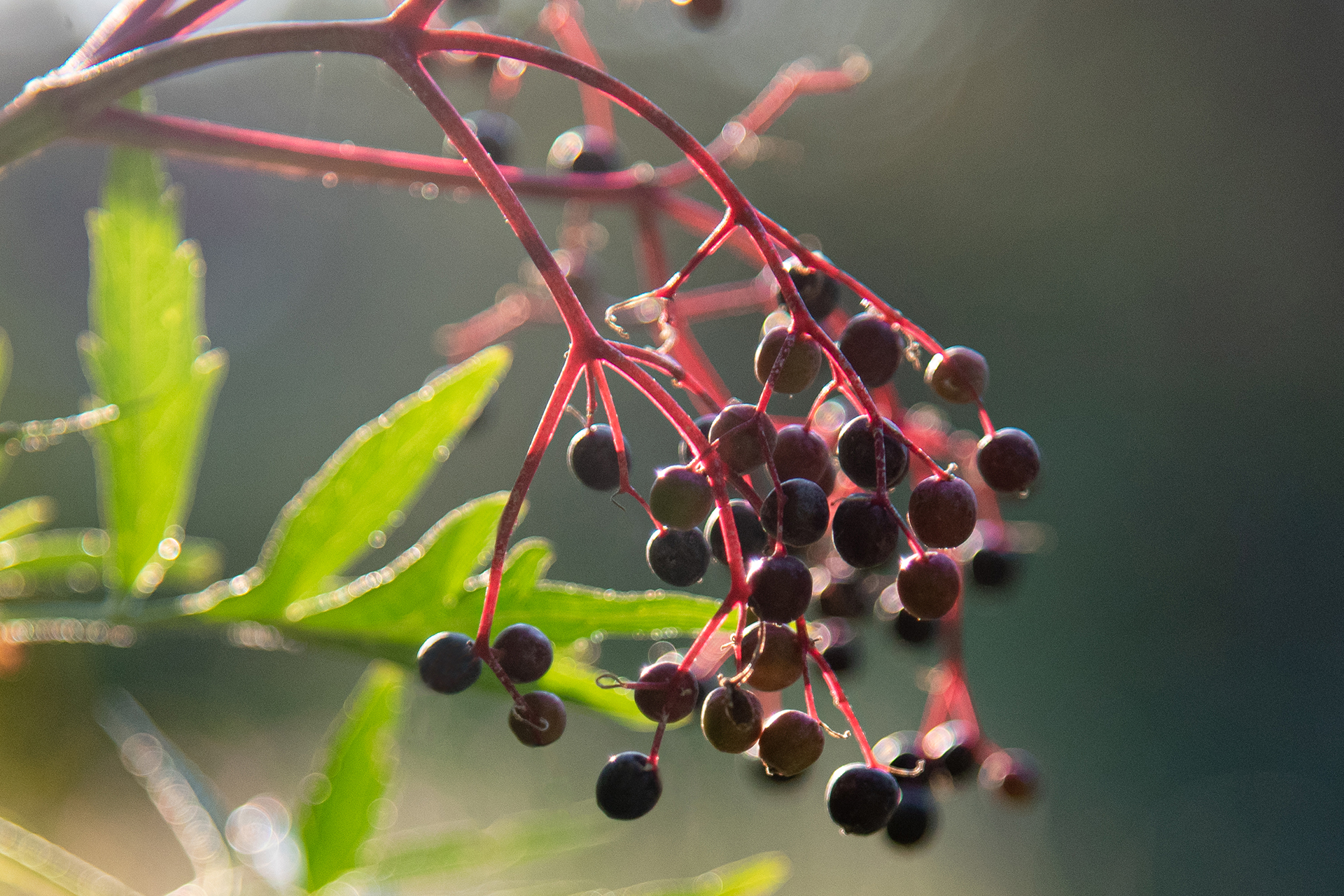 Black Elderberry is an herb that’s widely used in Traditional Western Herbalism. Sambucus nigra traces its roots to Europe, and that’s where we source the Certified Organic fruit used in our products.
Black Elderberry is an herb that’s widely used in Traditional Western Herbalism. Sambucus nigra traces its roots to Europe, and that’s where we source the Certified Organic fruit used in our products.
Traditional Chinese Herbalism
What we know as Traditional Chinese Herbalism developed in China around 2,500 years ago, with roots that date back to 3000 B.C. According to this modality, your body is a version of the universe at large; the goal is to maintain balance, in part by holding steady the opposing forces of yin and yang. That balance is defined by the elements (fire, earth, wood, metal and water) and environmental factors (wind, cold, damp, dry and heat).
It examines organ systems (both the body’s actual organs and energetic systems) and vitality (known as chi or Qi, which circulates through channels called meridians). Other applications of this practice are acupuncture, dietary guidelines, tai chi and qi gong.
Herbs such as Schisandra, Rehmannia and Astragalus are commonly used in Traditional Chinese Herbalism.
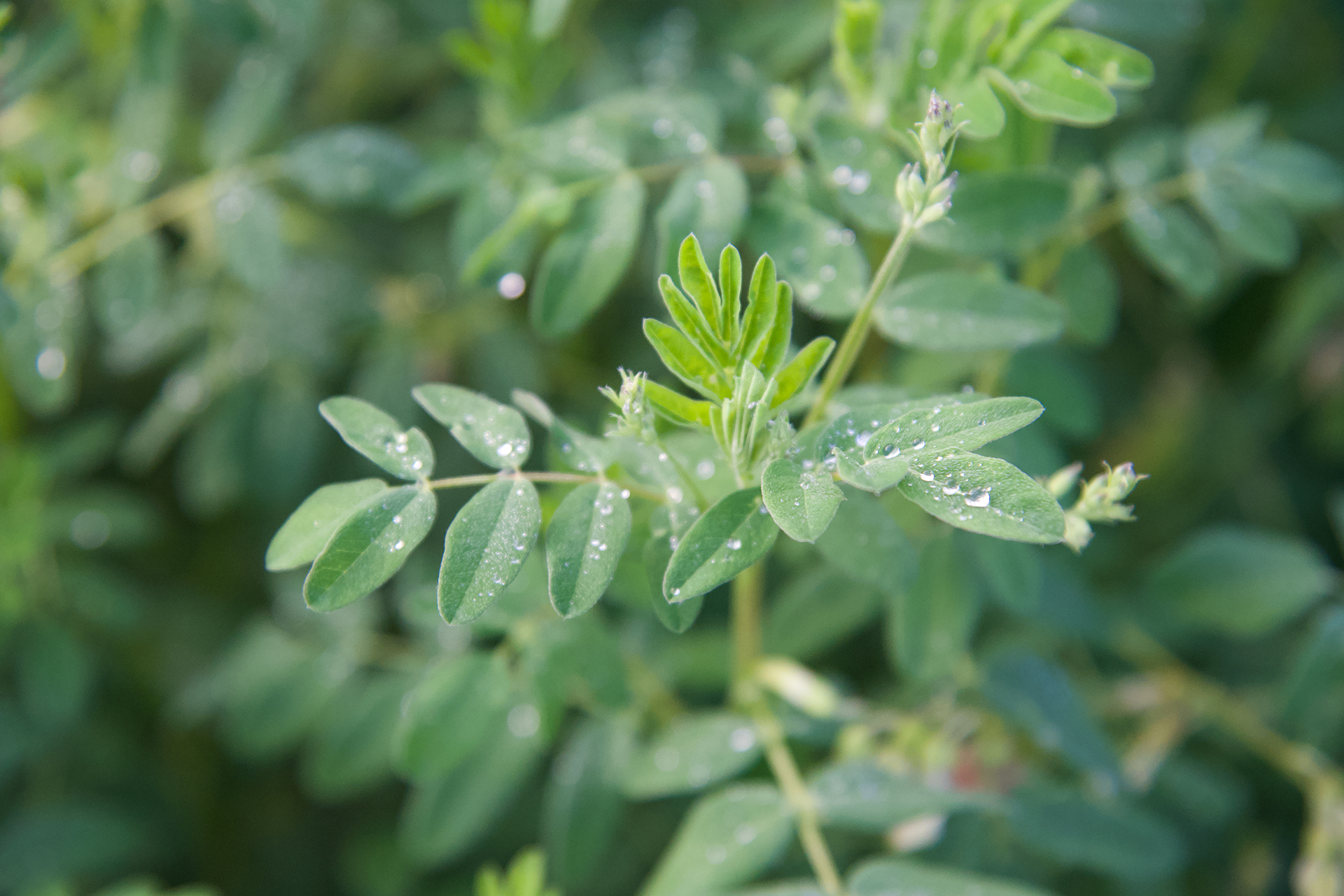 Though we cultivate Certified Organic Astragalus mongholicus plants on our farms here in southern Bursa, this herb is commonly used in Traditional Chinese Herbalism.
Though we cultivate Certified Organic Astragalus mongholicus plants on our farms here in southern Bursa, this herb is commonly used in Traditional Chinese Herbalism.
Ayurveda
Ayurveda — translated as “science of life” — developed in India around 5,000 years ago as a guideline for living a healthy, balanced life with optimal vitality. It is based on the concept of bringing balance (homeostasis) within the body by examining the 20 inherent qualities known as gunas. These gunas include attributes in opposing or balanced pairs like cold and hot or dry and wet. Ayurveda additionally categorizes these associated elements and qualities into three major classifications known as doshas (vata, pitta and kapha). You may hear these referred to as “constitutions” or “personality types.”
Ayurveda teaches you how to stay balanced through your daily routine, by examining the qualities of your food, emotions and environment. Beyond herbs, Ayurveda includes practices like yoga, meditation and breathwork (pranayama), massage and dietary guidelines.
Ashwagandha, Shatavari and Holy Basil are herbs associated with Ayurveda.
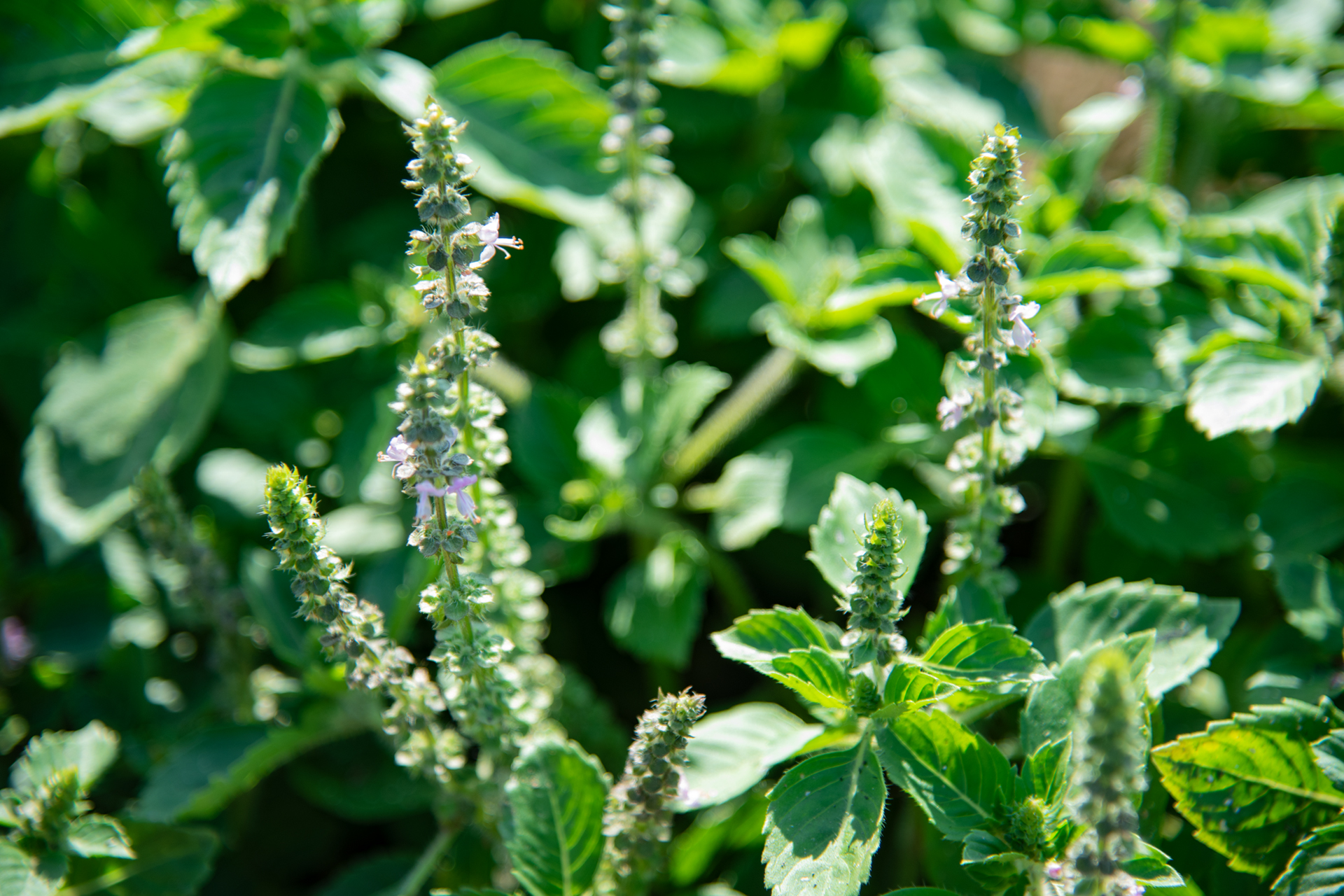 Holy Basil is quite popular in the West, but Ocimum tenuiflorum – also known as Tulsi – came to us through Ayurveda, where it is widely used and revered.
Holy Basil is quite popular in the West, but Ocimum tenuiflorum – also known as Tulsi – came to us through Ayurveda, where it is widely used and revered.
How does this relate to our products?
So how does this relate to us, and to you? Examining these diverse schools of thought helps us all learn more about herbs. It also helps us learn about the world at large and helps us appreciate rather than appropriate information that is new to us.
Take the herb Cinnamon for example. It has been used in all three systems in markedly different ways. It shows that, as different as we are, once you scratch the surface, you begin to see how much we all have in common and that we’re all inextricably connected to nature — and each other. Now and in the future, we are committed to honoring the origin stories of herbs and the diverse cultures that allow us to reap their benefits.

